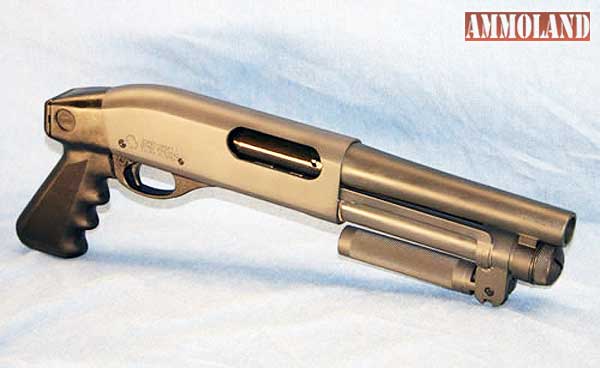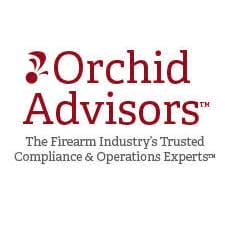

USA – -(Ammoland.com)- The ATF’s website contains many useful guides to assist in the compliance process.
Amongst them is the National Firearms Act (or NFA) Handbook. The Handbook contains thirteen chapters on various topics ranging from the Manufacturing, Importing or Transfer of NFA firearms. This week’s Advisory highlights a few of many key points from Chapter 7 which is titled, “Manufacturing NFA Firearms.”
It is helpful to begin our Advisory with a list of commonly used terms that describe the various NFA firearm types.
Chapter 2 of the NFA Handbook lists NFA firearms to include:
- Short barreled shotgun
- Short barreled rifle
- Any other weapon “AOW” (i.e., pen gun, umbrella gun, amongst others)
- Machine guns, of various types listed therein
- Silencer
- Destructive device (i.e., explosive grenade, amongst others); and
- Large caliber weapons, of various types listed therein.
The full list and specific definitions can be found in the Handbook.
Section 7.3 of the Handbook pertains specifically to “Registering the manufacture of NFA firearms.” The following is a summary of four key points derived from the ATF NFA Handbook for your reference.
- The manufacturer must report and register each firearm made by filing with the NFA Branch an accurate notice of the manufacture on ATF NFA Form 2;
- All firearms manufactured during a single day must be included on one Form 2 and must be filed by the manufacturer no later than the close of the next business day;
- The form must set forth the name and address of the manufacturer, identify the manufacturer’s special tax stamp and license, and show the date of manufacture, the type, model, length of barrel, overall length, caliber, gauge or size, serial numbers and other marks of identification, and place where the firearms are kept; and
- The manufacturer must prepare the form in duplicate, file the original with the NFA Branch, and keep the copy with the records required to be kept.
The final chapter of the ATF NFA Handbook defines the penalties for non-compliance with NFA regulation. They are subdivided by NFA, GCA, and AECA (the Arms Export Control Act) and can include forfeiture or criminal charges.
Although it is important to strive for compliance in all areas of firearm manufacturing, distribution and dealing, the implications of improper NFA activity are steeper, warranting additional diligence in your compliance program.
ATF National Firearms Act (or NFA) Handbook
If you have any questions regarding the business of National Firearms Act Firearms, contact the ATF. The information presented above is generalized in nature for awareness purposes and the actual regulation and/or NFA Handbook should be consulted. For additional information on assessing or developing your ATF NFA compliance program, contact Orchid Advisors.
